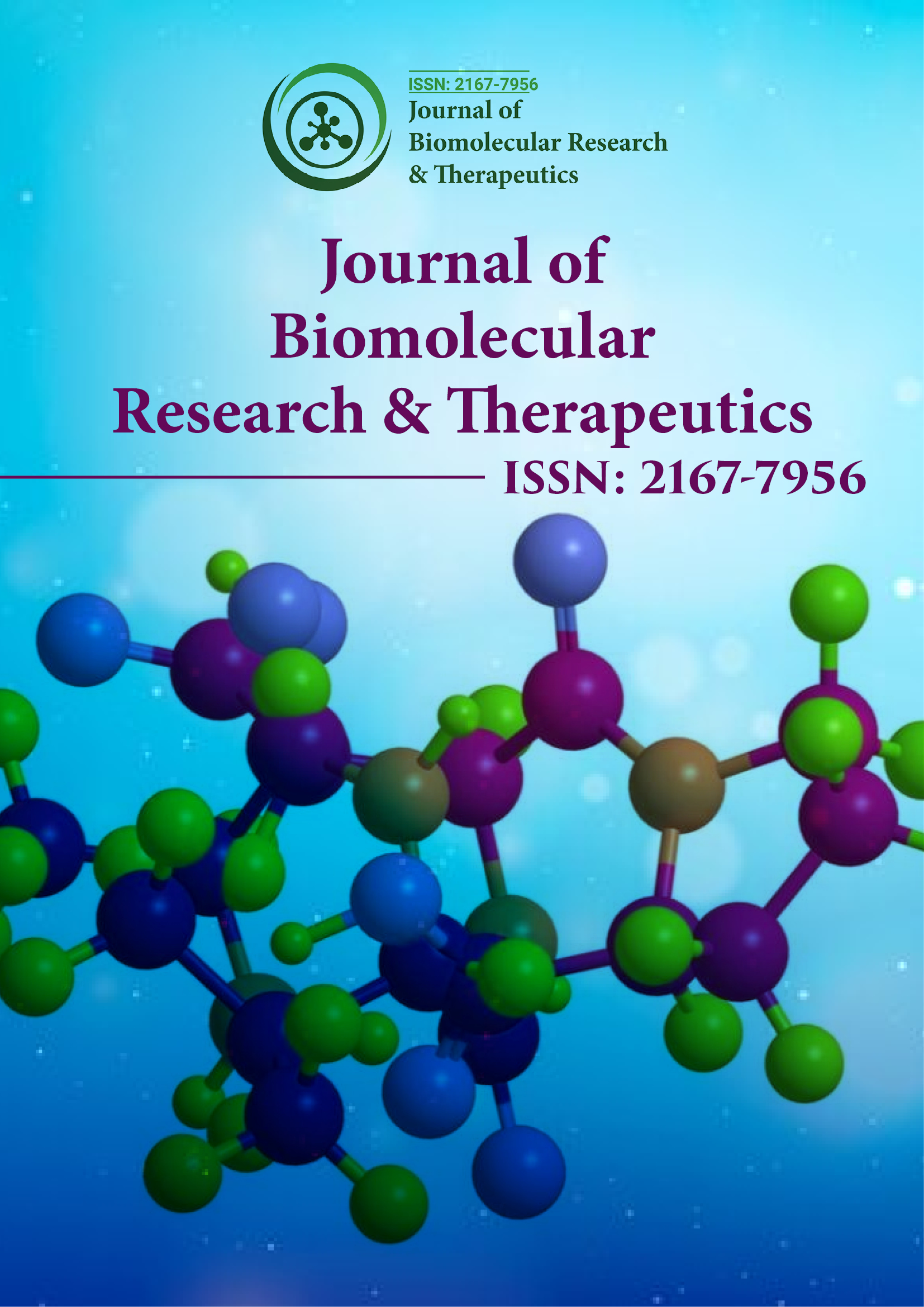Индексировано в
- Open J Gate
- Журнал GenamicsSeek
- ИсследованияБиблия
- Библиотека электронных журналов
- RefSeek
- Университет Хамдарда
- ЭБСКО АЗ
- OCLC- WorldCat
- Интернет-каталог SWB
- Виртуальная биологическая библиотека (вифабио)
- Паблоны
- Евро Паб
- Google Scholar
Полезные ссылки
Поделиться этой страницей
Флаер журнала

Журналы открытого доступа
- Биоинформатика и системная биология
- Биохимия
- Ветеринарные науки
- Генетика и молекулярная биология
- Еда и питание
- Иммунология и микробиология
- Инжиниринг
- Клинические науки
- Материаловедение
- медицинские науки
- Науки об окружающей среде
- Неврология и психология
- Общая наука
- Сельское хозяйство и аквакультура
- Сестринское дело и здравоохранение
- Управление бизнесом
- Фармацевтические науки
- Химия
Абстрактный
Необходимость оптимизированной системы доставки лекарств, зависящей от времени, для лечения заболеваний, связанных с кислотностью желудка
ПД Джуял
Гастроэзофагеальная рефлюксная болезнь (ГЭРБ), также известная как кислотный рефлюкс, является хроническим заболеванием, при котором содержимое желудка поднимается в пищевод, что приводит либо к симптомам, либо к осложнениям.[5][6] Симптомы включают привкус кислоты в задней части рта, изжогу, неприятный запах изо рта, боль в груди, регургитацию, проблемы с дыханием и стирание зубов. Осложнения включают эзофагит, стриктуру пищевода и пищевод Барретта.
Факторы риска включают ожирение, беременность, курение, грыжу пищеводного отверстия диафрагмы и прием определенных лекарств. В число используемых лекарств могут входить антигистаминные препараты, блокаторы кальциевых каналов, антидепрессанты и снотворные. Кислотный рефлюкс возникает из-за плохого закрытия нижнего пищеводного сфинктера, который находится на стыке желудка и пищевода. Диагностика тех, кому не помогают более простые меры, может включать гастроскопию, серию верхних отделов ЖКТ, мониторинг pH пищевода или манометрию пищевода.
Варианты лечения включают изменение образа жизни; прием лекарств; а иногда и хирургическое вмешательство для тех, кому не помогают первые две меры. Изменения образа жизни включают в себя отказ от лежания в течение трех часов после еды, поднятие изголовья кровати, снижение веса, отказ от продуктов, которые вызывают симптомы, и отказ от курения.[5] Лекарства включают в себя антациды, блокаторы H2-рецепторов, ингибиторы протонной помпы и прокинетики.
В западном мире от 10 до 20% населения страдают ГЭРБ. Еще более распространенным является эпизодический гастроэзофагеальный рефлюкс без неприятных симптомов или осложнений. Классические симптомы ГЭРБ были впервые описаны в 1925 году, когда Фриденвальд и Фельдман прокомментировали изжогу и ее возможную связь с грыжей пищеводного отверстия диафрагмы. В 1934 году гастроэнтеролог Эшер Винкельштейн описал рефлюкс и приписал симптомы желудочной кислоте.
In recent years, many attempts have been made to enhance the drug bioavailability and therapeutic effectiveness of oral dosage forms. In this context, various gastroretentive drug delivery systems (GRDDS) have been used to improve the therapeutic efficacy of drugs that have a narrow absorption window, are unstable at alkaline pH, are soluble in acidic conditions, and are active locally in the stomach. In this review, we discuss the physiological state of the stomach and various factors that affect GRDDS. Recently applied gastrointestinal technologies such as expandable, superporous hydrogel; bio/mucoadhesive, magnetic, ion-exchange resin; and low- and high-density-systems have also been examined along with their merits and demerits. The significance of in vitro and in vivo evaluation parameters of various GRDDS is summarized along with their applications. Moreover, future perspectives on this technology are discussed to minimize the gastric emptying rate in both the fasted and fed states. Overall, this review may inform and guide formulation scientists in designing the GRDDS. The main mechanism of acid suppression by using PPI is they block the gastric H,K-ATPase, inhibiting gastric acid secretion and it produces enables healing of peptic ulcers, gastro esophageal reflux disease (GERD) Barrett’s Esophagus.
But it was reported that 24 hrs. Acid secretory studies suggest that maintaining the gastric acid ph. above 3 or 4 for 18 hrs. helps to 100 % duodenal ulcer healing in 4 week treatment and 100 % gastric ulcer in 8 weeks and for erosive esophagitis 20- 22hrs per day maintain the ph. above 4.[2]
PPI cannot inhibit all proton pumps through oral route of administration because PPI has low half-life (about 90 Min). In 24 hours again 20 % new PPI get synthesized. And mainly these newly PPI synthesized at the night time as compared to day time. So the bedtime administration of proton pump will not inhibit proton pump through nocturnal acid breakthrough. Because drug disappear after sometime. Increasing the dose of drug it does not produce any effect but split dose repeatedly produces effect.[1] So to administered dose of PPI twice a day is more effective as compared to the single large dose for maintain the ph. above 4.[2]
The main problem of PPI administration is to educate the people for administration of PPI to produce more effect; also compliance of patience towards the PPI is more important if for more effect dose split in twice a day patient compliance get hampered. And a chance of dose missing is more.
В ночное время, если пациенту вводят дозу, то она исчезает через некоторое время, и 20% нового синтезированного протонного насоса высвобождают желудочную кислоту, поскольку они не ингибируются ИПП из-за короткого периода полураспада препарата. Для ингибирования этого нового синтезированного протонного насоса требуется следующая доза препарата, но в ночное время это не показывает приверженности пациента. Поэтому, если новый синтезированный препарат вырабатывает кислоту, то могут возникнуть желудочные рефлюксы и нарушение сна ранним утром.
Поэтому для преодоления вышеуказанной проблемы очень важно разработать подходящую систему доставки лекарств, которая может доставить необходимое количество лекарства после однократного приема. Это может ингибировать ИПП, которые были активированы ранее, а также ингибировать ИПП, которые синтезируются в ночное время.
Пропущенная доза ИПП может снова повысить pH выше 4. Но эта система высвобождает лекарство по истечении определенного периода времени и поддерживает pH пищевода ниже 3 или 4. Это помогает вылечить язву двенадцатиперстной кишки, эрозивный эзофагит.
Таким образом, разработка и оптимизация таких лекарственных форм, которые уменьшают осложнения введения дозы, поддерживают рН пищевода выше 4, снижают частоту введения дозы и подавляют синтез ПП в ночное время. Это, безусловно, поможет в лечении заболеваний желудочной кислоты и улучшит соблюдение пациентом режима лечения.